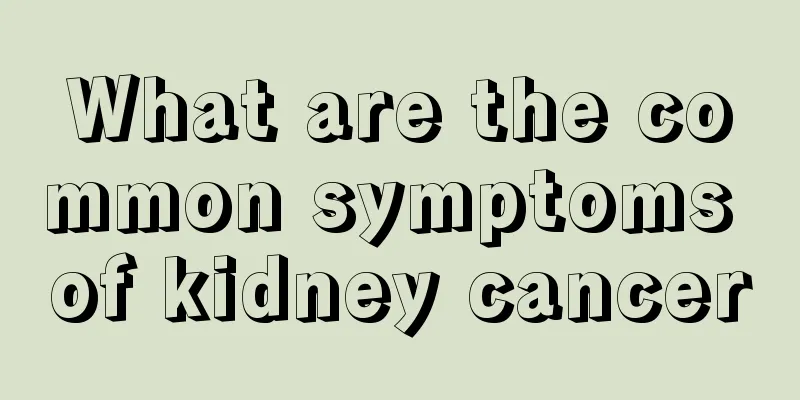What are the dangers of impetigo?

|
Neonatal impetigo is a very common skin disease in the neonatal period and is highly contagious. The skin of a baby is very tender. If there is even a slight injury, it can easily cause some skin diseases. It can heal quickly through scientific treatment. 1. What is neonatal pustular rash Neonatal impetigo is a common purulent skin disease in the neonatal period. It is highly contagious and easily infected by self-contact and spread to each other, often causing epidemics in the neonatal ward. Because the skin of newborns is very delicate and the sebaceous glands secrete actively, bacteria easily accumulate on the skin surface; and the defense function of the newborn epidermis is relatively low, so when the skin is slightly damaged, it is easy to cause disease. The pathogens of neonatal impetigo mostly come from the unclean hands of the mother, family members or medical staff, or the baby's use of clothes, diapers and blankets infected with bacteria. The incidence rate also increases in infants after contact with adults with skin rashes, purulent skin infections, or when the mother has mastitis. Neonatal impetigo usually occurs within the first week. The disease generally occurs on the head and face, diaper wrapping area and skin folds, such as the neck, armpits, groin, etc., and can also affect the whole body. It is more likely to occur in hot summer weather or when you wrap yourself too much and your skin sweats a lot. The pustules have a thin epidermis and are of varying sizes. There is no red halo around them and they are slightly raised compared to the surrounding skin. The blister fluid begins to appear yellow and soon becomes turbid. After the bullae rupture, a bright red and moist base surface can be seen. A thin yellow scab may form afterwards, and no trace will be left after the scab falls off. Children with mild illness have no systemic symptoms, while children with severe illness often have fever. Symptoms include poor feeding and worsening jaundice. Neonatal impetigo can heal quickly if treated; otherwise it may linger and even cause large pustules to peel off large areas of the epidermis. 2. Prevention of neonatal impetigo 1. Keep the newborn's skin clean and bathe it every day. In hot weather, you can bathe it 2-3 times a day. Clothing should be appropriate and the newborn should not be allowed to sweat too much. 2. Protect the newborn's skin from damage and make the clothes, diapers and bedding soft. When caring for a newborn, be gentle and cut the baby's nails frequently to avoid scratching the epidermis. 3. Avoid contact with people with skin infections and wash your hands carefully before caring for a newborn. |
<<: What are the causes of herpes virus infection?
>>: How to effectively treat hereditary bad breath?
Recommend
How to treat low sperm survival rate?
Low sperm survival rate is a particularly distres...
Does radiation protection clothing have an expiration date?
Radiation clothing is mainly made of some metal f...
Methods for preventing diseases in autumn
Autumn is the season of alternating cold and hot ...
Every food contains six types of nutrients
People eat not only to fill their stomachs, but a...
Antiperspirant Principle
Generally speaking, the human body sweats easily ...
What to do if you feel dizzy after sleeping for too long
Sleeping conditions have a great impact on people...
Which one is better for removing moisture, scraping or cupping
Both scraping and cupping can remove moisture and...
What are the causes of lung cancer related to life? The four causes of lung cancer are directly related to life
I believe everyone should be familiar with lung c...
Difference between cerebellar infarction and cerebral infarction
Although many people have heard of the disease of...
What is the treatment for depression?
In real life, depression is a psychological disea...
What should you pay attention to in your diet for advanced liver cancer? 4 dietary taboos for advanced liver cancer
What dietary principles should be observed for pa...
Is testicular cancer serious?
Is testicular cancer serious? When patients hear ...
Can the kneaded noodles be put in the refrigerator?
In life, many people may make too much dough when...
There are white worms in the live shrimp
Shrimp is a very common seafood. It is rich in ca...
How should high intraocular pressure be treated
Intraocular pressure refers to the pressure insid...









